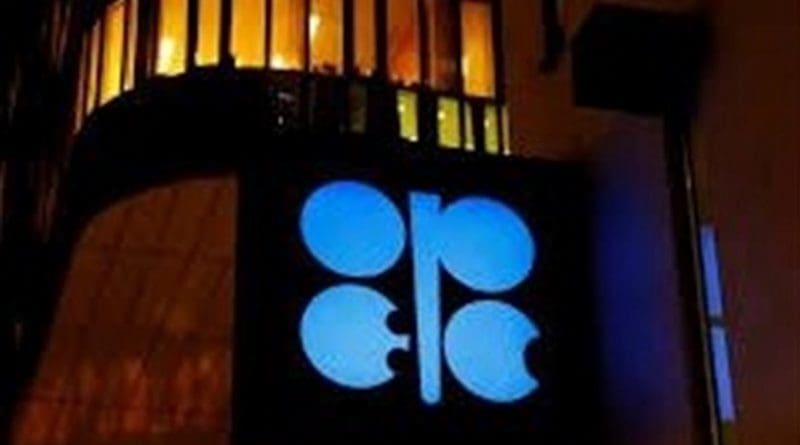Why We Should Pay Closer Attention To Oil Algorithms – OpEd
By Arab News
By Cornelia Meyer*
Developments at the end of 2018 and the beginning of 2019 proved that we need to put more emphasis on understanding automated oil trading programs and algorithms. Volatility was high. We went from a booming crude market in early October to bust, then to boom again at the start of this year.
Volatility is the lifeblood of traders, and the enemy of producers and consumers. How can oil companies decide on their investment programs, and consumers gauge their operating expenses, when the price is all over the place?
The last two weeks are a case in point as Brent rallied almost 15 percent since Jan. 1. The rally was supported by Saudi Arabia, the UAE and Venezuela cutting their December production by nearly 870,000 barrels per day (bpd), which was partially offset by higher-than-expected exports from Iraq and Libya.
In December, OPEC+ agreed to reduce production by 1.2 million bpd. An extraordinary supply overhang, resulting from larger-than-expected Iranian exports after the US granted eight countries exemptions from sanctions, had necessitated this measure.
The January rally was also supported by macroeconomic sentiment: Expectations that a US-China trade deal might be in reach, and equity markets that performed well. The Dow Jones closed 2 percent up on the week.
Larger-than-expected demand from China’s independent refiners helped, and the Energy Information Administration (EIA) reported a draw in US crude stocks of 1.7 million barrels for the week ending Jan. 4. The question is to what degree fundamentals drive the market, and to what extent other considerations. The answer lies in part in what drives automated trading programs, which is a black box to many.
OPEC+ has done a fine job in balancing the market. When the alliance was formed in the winter of 2016, observers were skeptical about whether the 24 countries would have the discipline to cooperate. The naysayers were proven wrong. OPEC+ compliance was stunning, often exceeding 100 percent.
This was no mean feat. Credit goes to the diplomatic skills of Mohammed Barkindo, secretary-general of the Organization of the Petroleum Exporting Countries (OPEC), and the co-chairs of the Joint Ministerial Monitoring Committee, which oversees compliance: Saudi Energy Minister Khalid Al-Falih and his Russian counterpart Alexander Novak.
OPEC achieved its goal as far as the fundamentals were concerned. Barrels were added and taken off the market as required. Still, the last two years were highly cyclical, with markets oscillating from bust to boom then back to bust. The market is increasingly driven by forces other than the physical fundamentals.
In North America, automated trading programs, which are driven by algorithms, have become increasingly prominent. The down cycle in the fourth quarter of 2018 can to a large degree be attributed to these programs. At the year-end, macroeconomic sentiment was driven by the fear of a US-China trade war, lower economic forecasts and a falling stock market.
The programs considered this to a far greater degree than the fact that barrels came off the market, and oil demand is expected to grow by around 1.4 million bpd in 2019, according to the International Energy Agency (IEA).
The decision by OPEC+ to take 1.2 million barrels out of the market in early December only gave short respite from the downward trajectory of the oil price. Things worsened considerably toward the year-end when investors needed to wind down investments for tax reasons, trading was thin, and desks were mainly manned by junior staff.
The latter were more likely to execute on stop-loss orders without being guided by experience or having the clout to consult with clients. In other words, pricing was to a large extent at the mercy of the automated programs and their algorithms. Oil lost 30 percent between its high in October and the year-end.
OPEC+ gets a lot of credit from oil companies and consumers for its attempts to balance the market. The reason is simple: Producers need a predictable price range in order to be able to draw up investment plans, and consumers need to plan their budgets and hedging arrangements.
Automated trading renders the quest to balance markets difficult because the parameters go well beyond counting physical barrels. The use of automated trading programs is steadily increasing. This means the powers that be in OPEC+ need to understand what drives these algorithms. Communication will no longer be just about barrels, but also informed by the type of information that drives the algorithms.
- Cornelia Meyer is a business consultant, macro-economist and energy expert. Twitter: @MeyerResources

